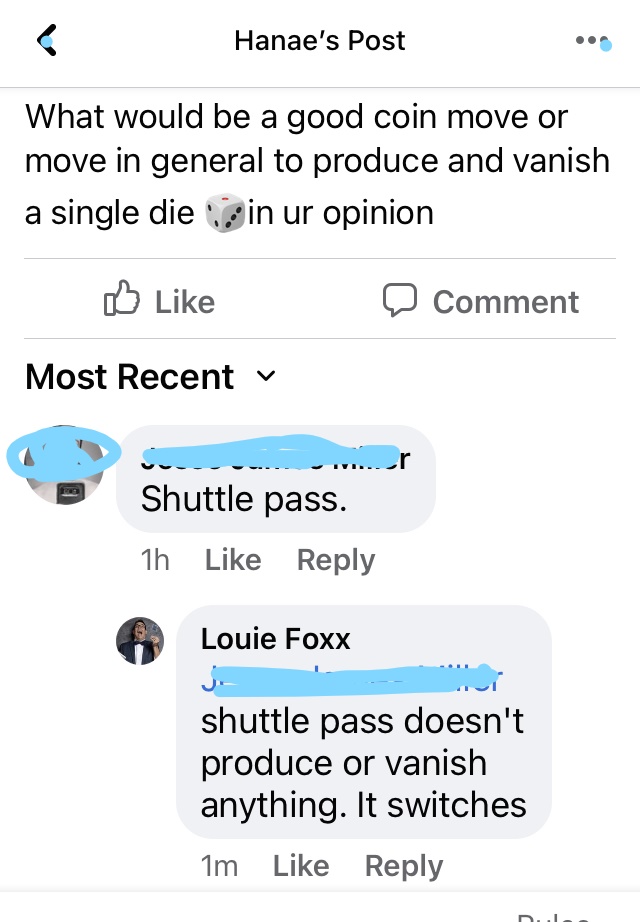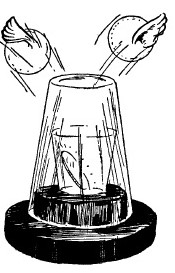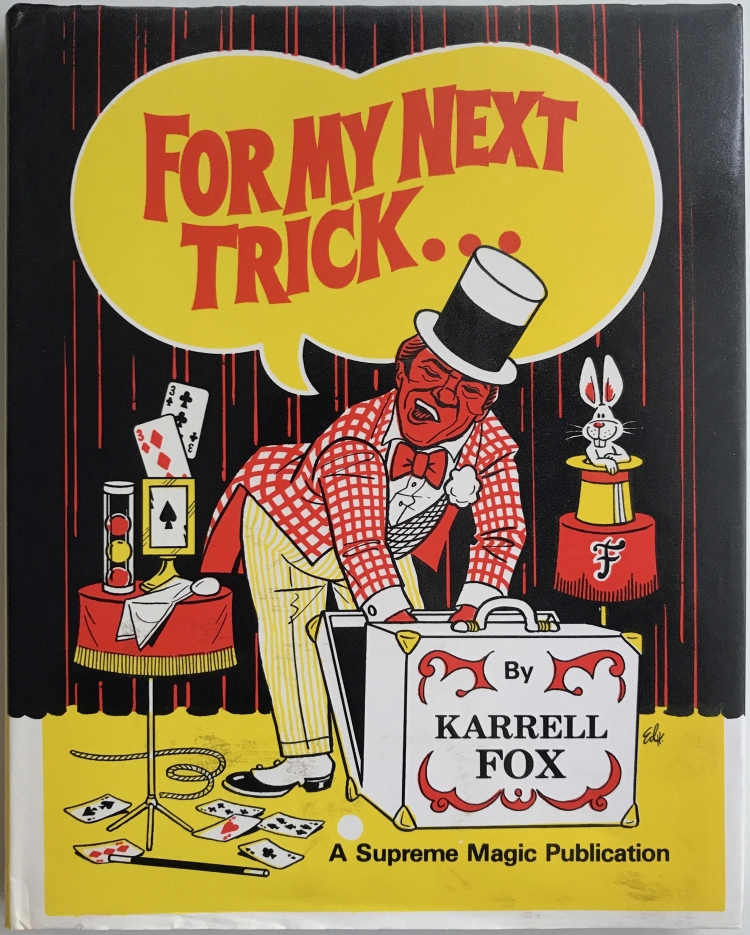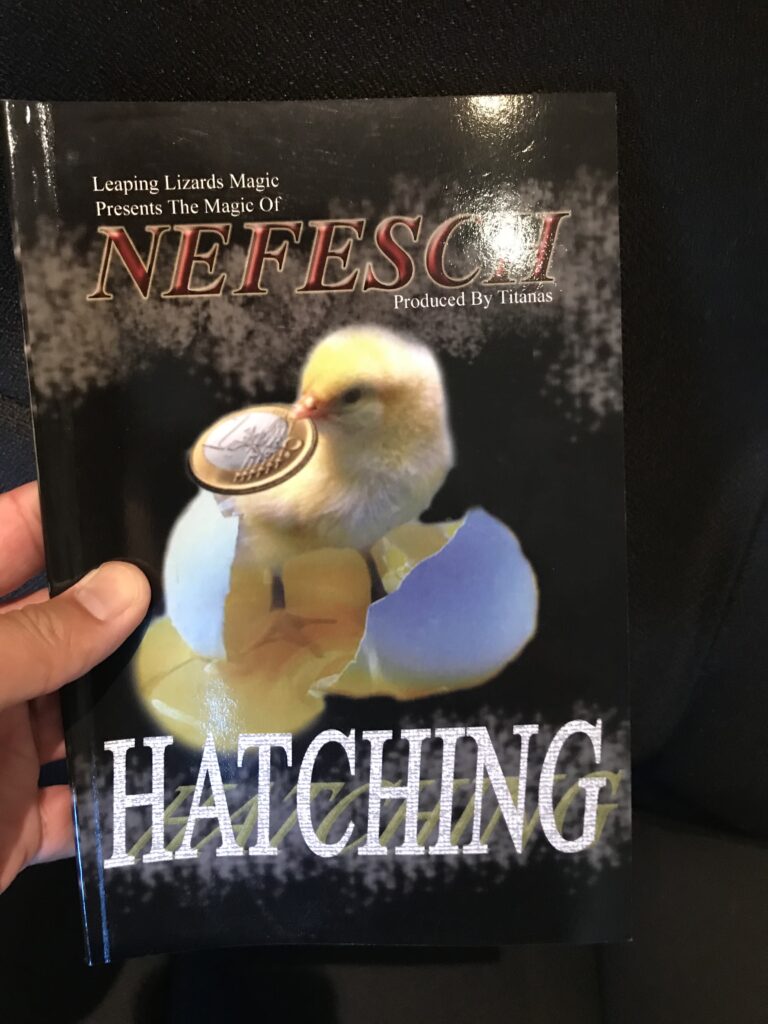Yesterday’s post I wrote about someone looking for interactive coin magic. Seeing their post, I created an original trick that would fit their requirements. It’s a coin trick, it’s interactive, in that everyone could follow along from home and it has a magical payout. It’s a “touch the screen” type effect, but the magic ending takes it beyond a math puzzle.
here’s how the effect plays, you have three pieces of paper, one has coins written on it, one credit and the final bills:
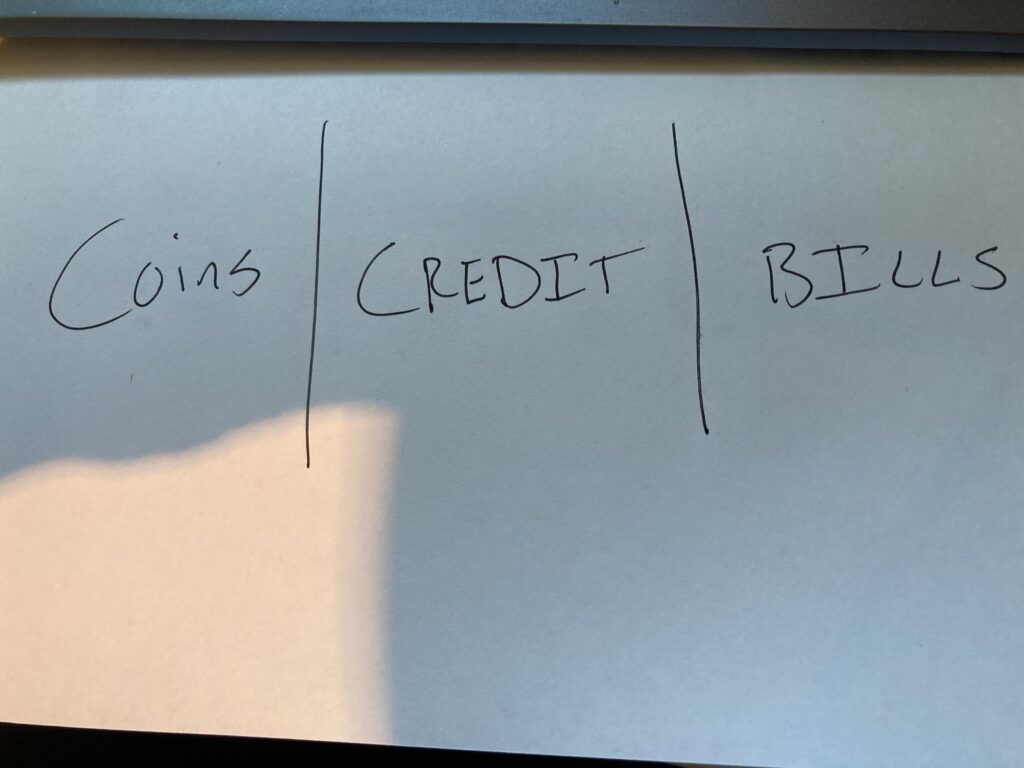
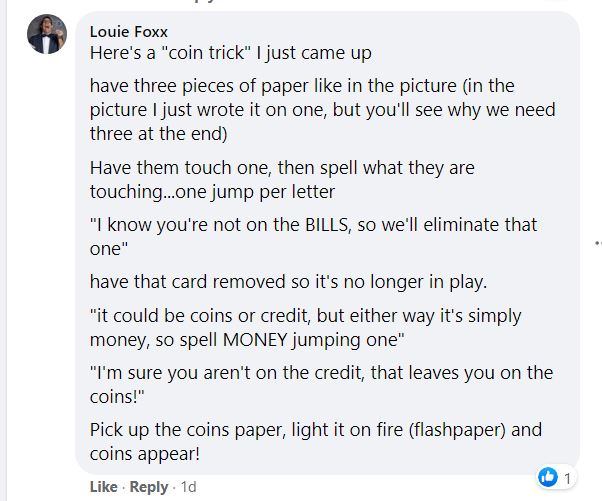
Someone touches one of the pieces of paper. They spell the word on it, jumping one space per letter.
You tell the you know they aren’t on the word “Bills” so you eliminate that one and throw that piece of paper away.
Now they spell money (starting on the word they ended on), jumping one space per letter.
You tell them you know they aren’t on the Credit, that means they picked the Coins! You then pick up the paper with coins written on it, light it on fire and produce coins!
In my head this coin production would look like this Tommy Wonder picture:
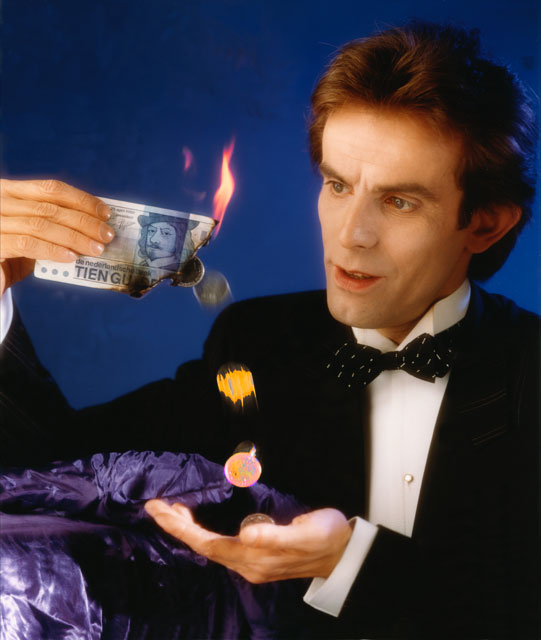
There you go and original, interactive magic trick that had a magical payoff!
While I personally don’t like the the “touch the screen” type effects, I do think that knowing them and understanding how they work make you a more well rounded magician. It’s just another tool in your toolbox that will help you solve a problem.

